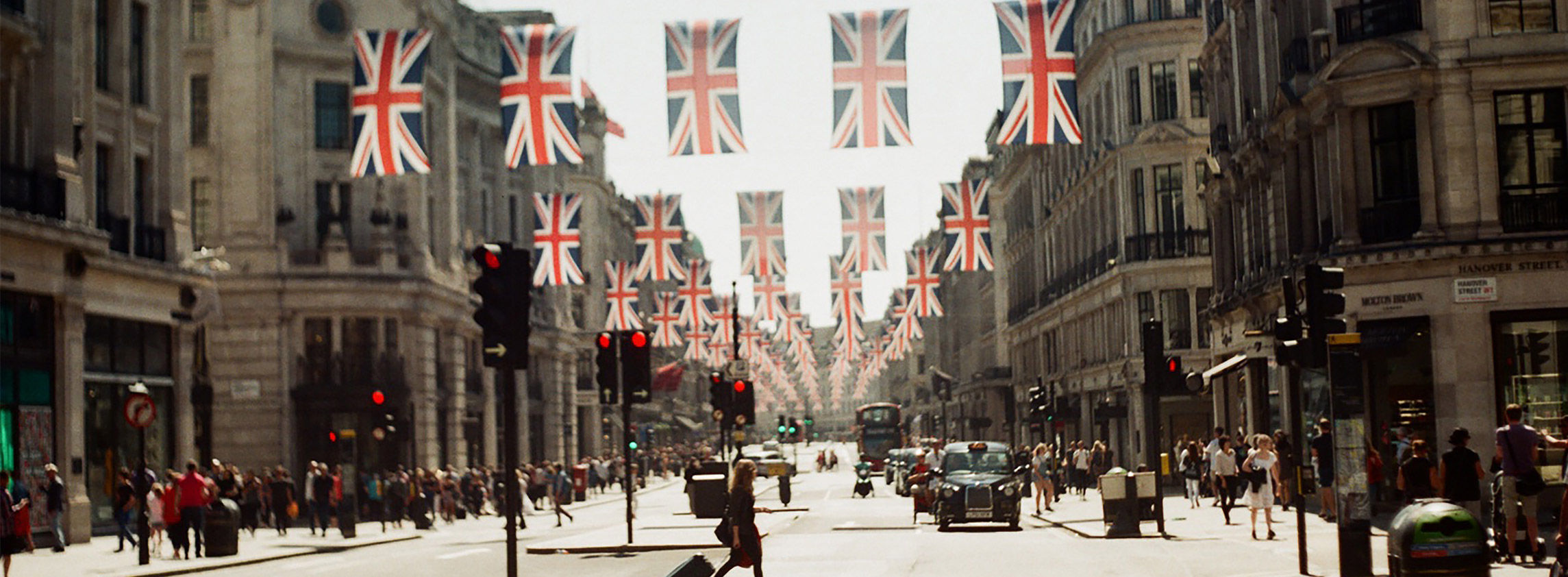Despite softening occupier demand from domestic retailers, 2019 has been a record year for new international entrants to central London
The window of opportunity
Central London has not lost its appeal to expanding international brands with 2019 set to be a new record year for new entrants opening their first site in the Capital. However, Brexit uncertainty, amongst other factors, is having a toll on occupier confidence when it comes to opening subsequent stores. Domestic brands are also facing similar challenges, exacerbated by legacy issues in some cases, such as existing national store coverage in the face of rising online sales.
This weakening in occupier demand is reflected in the rise in vacancy seen across the prime West End market and in turn the softening in prime headline Zone A rents. This is most clearly visible on the western end of Oxford Street where prime headline Zone A rents have softened by 15.0% over the last 12 months. This alongside other landlord incentives means that it is very much an occupiers market, but the window of opportunity may only last another six to nine months.
Oxford Street is going to see significant transformation over the next three years. Firstly the opening of the Elizabeth line in 2021, with two interchanges on Oxford Street, will increase spend in the West End by an estimated 40% to £13.2 billion by 2022. This will be further boosted by the £150 million commitment by Westminster council to improve the public realm that will see pedestrians given prioritisation alongside a proposed public piazza at Oxford Circus, essentially making the street a more attractive place for shoppers. The immediate area is also seeing numerous office, residential and hotel developments effectively increasing footfall on the street. This transformation has already seen Vans secure their first store on the street alongside TKMaxx and Flannels. For other brands hoping to also capitalise on the evolution of the street and favourable terms, now may be the time to do so.
BOUTIQUE GYMS STEP UP EXPANSION
Central London has recently seen a new type of occupier take space across the city, in the form of boutique gyms and wellness hubs. By definition, these include smaller concept gyms which tend to be class-based, focusing on a specific type of training such as HIIT, spinning or boxing.
The nature of these studio concept gyms means that operators are able to consider a wider variety of sites in terms of size and shape, compared to traditional gyms. This has widened the opportunities in terms of location, facilitating the growth of the subsector. Boutique gyms have seen an upward trajectory in terms of new openings in central London since 2015, peaking in 2018 with 39 site openings. 2019 has already seen 22 openings, with year-end figures expected to exceed that of 2017.
To date, the top locations in central London have been those with the highest workforce densities with the core area of the city accounting for 14.2% of all new openings since 2011.
In the West End, Fitzrovia and Soho are two key hotspots accounting for 10.2% of openings collectively since 2011, with nine new additions across both submarkets since January 2018. Again workforce density has guided this growth, coupled with the brand exposure offered by prominent sites in the West End as well as proximity to international athleisure and sportswear flagships.
While these core areas of the Capital remain key focus areas for expanding operators we are also seeing operators look to new parts of the city for opportunities. For example, clusters have emerged in the White City/Shepherd’s Bush and Angel/Islington areas. This has been partly facilitated by new developments delivering opportunities but also the relative affluence of the local resident population alongside new office and residential developments effectively increasing local population densities. Some operators are also looking to affluent local neighbourhoods with Psycle having opened its first south London outpost in Clapham last year, with a site slated for Westbourne Grove in December.
Despite the expansion there are still a number of areas in central London that appear relatively under supplied. Midtown and Southbank have just five and seven sites respectively equating to a provision per 10,000 people (both residents and workers) of 0.19 and 0.17. Soho, in contrast, has a provision score six times greater at 1.12. As these areas evolve on the back of development schemes, providing potential opportunities to operators, this is likely to change.
2019 ALREADY A RECORD YEAR FOR NEW INTERNATIONAL ENTRANTS
Fifty-seven international brands have opened their first ever London site to date this year (as of November), a number that already exceeds the 55 new openings reported last year, which was also a new peak. With a number of new openings slated by the year end the total could be closer to 65.
Fashion new entrants continue to account for a significant share (37%) with Soho, including Carnaby Street and wider Soho area, being the top destination this year helped by the influx of streetwear labels. Yet, it has been F&B new entrants that continue to be the most prolific accounting for 44% of all new entrants to date, with the tourist hotspots of Covent Garden and Soho being the top locations. In particular it has been those from Europe that have been most active with three Turkish F&B new entrants.
Clearly London remains a key destination market for expanding international brands, irrespective of the Brexit uncertainty, with the improved occupier environment no doubt enhancing activity levels.
